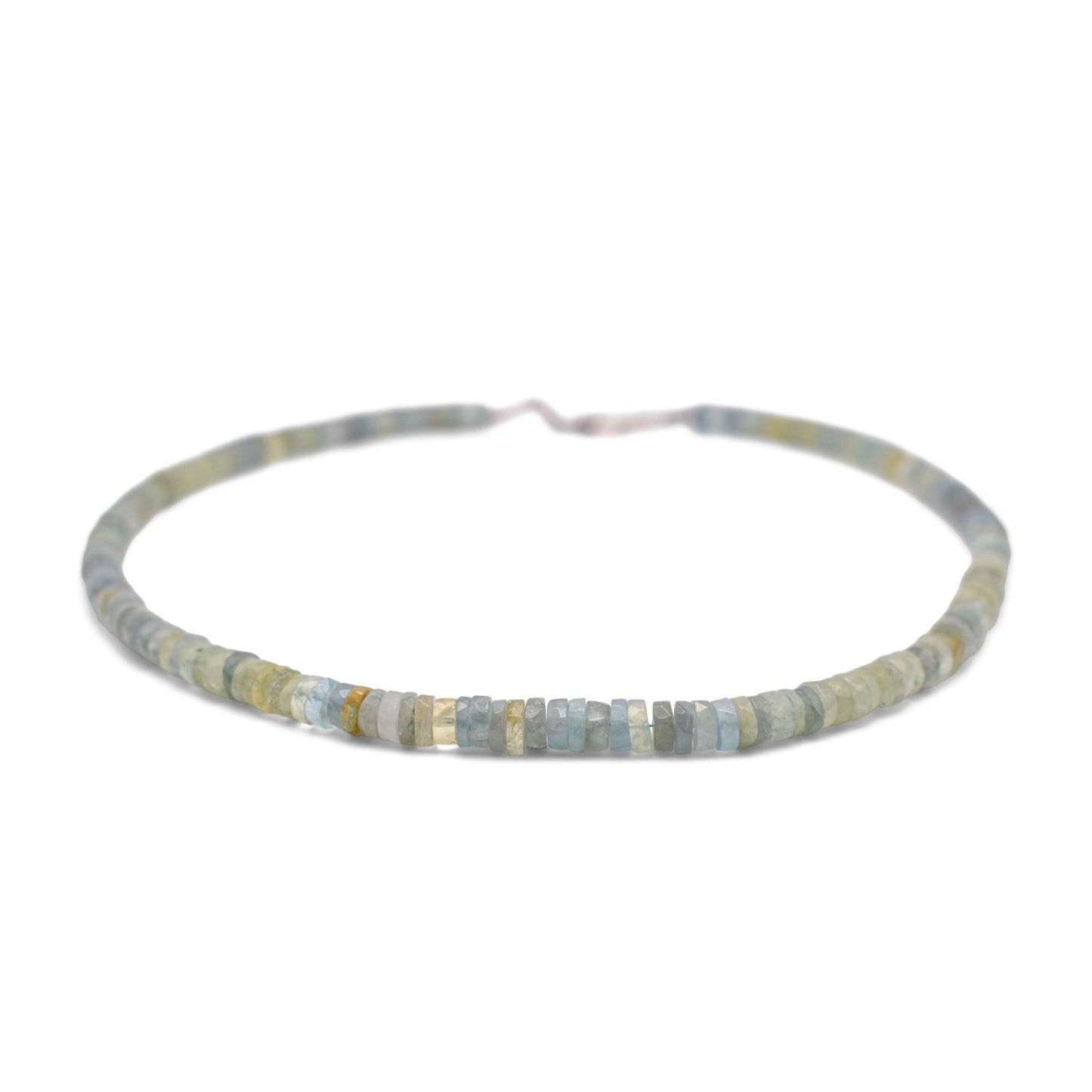
Crystal Origins:Where Crystals Are Found?
Share
Where Crystals Come From:
Crystals aren't manufactured in a lab (well, some are, but those lack the natural appeal). They're Earth's creations, formed over crazy amounts of time. Here's the gist:
- How They Form
- Molten Rock: Think volcanoes. Magma cools, minerals within it crystallize. That's where lots of quartz, amethyst, etc., originate.
- Watery Wonders: Minerals dissolved in water get left behind as crystals when the water evaporates or changes temperature.
- Pressure and Heat: Deep underground, these forces can transform existing rock, creating new crystal formations within it.
Man-Made Crystals: Not "Fake," Just... Different
Pressure and Heat: Deep underground, these forces can transform existing rock, creating new crystal formations within it. Interestingly, humans have learned to mimic these processes in labs! While most crystal lovers focus on natural stones, lab-grown crystals offer more affordable options and are crucial for things like electronics.While most crystal enthusiasts focus on Earth's creations, there's a whole world of lab-grown crystals out there! Here's the lowdown:
-
Why Make Them?
- Tech Needs: Think quartz for watches, synthetic rubies for lasers... those crystals need perfect consistency that nature rarely provides.
- Affordability: Flawless natural gemstones are pricey. Lab-grown versions (still real chemically!) are accessible to more people.
- Sustainability: Some natural crystal mining is destructive. Labs reduce the need to dig up the planet for certain gems.
-
How It's Done
- Methods vary, but it's basically mimicking what nature does, just faster and more controlled. Melted ingredients, high pressure... it's still chemistry!
-
Spotting the Difference
- Experts can tell with special tools, as lab-grown crystals often have growth patterns not seen in nature's versions.
- For Most of Us: If the seller is reputable, they'll tell you! "Lab-grown" or "synthetic" is the key. If it's cheap AND labeled "natural," be suspicious.
-
The Metaphysical Angle
- This is where it gets personal! Some believe only nature-formed crystals hold energy. Others are open to lab-grown stones if the intent behind them is good. No right answer here.
Man-Made Crystals: The Energy Debate
While most crystal enthusiasts focus on Earth's creations, a growing number of people are exploring lab-grown crystals. But do they hold the same vibrational energy as natural ones?
- Why They're Made:
- Tech Needs: Think quartz for watches, synthetic rubies for lasers... those crystals need perfect consistency that nature rarely provides.
- Affordability: Flawless natural gemstones are pricey. Lab-grown versions (still chemically the same!) are accessible to more people.
- The Energetic Argument:
- Nature's Touch: Many believe crystals formed over eons within the Earth hold a unique energy that cannot be replicated in a lab.
- Intent Matters: Others argue that any crystal, regardless of origin, can be imbued with positive energy and focus through the user's intentions.
- The Open-Minded: Some use BOTH, feeling natural crystals have broader uses, while lab-grown are great for targeted purposes set by the individual.
The Takeaway
There's no single "right" answer here. Whether lab-grown crystals resonate with you is a personal choice!
Where to Find Specific Crystals: Your Treasure Hunting Guide

Let's get specific on where those crystal beauties hide. Remember, availability shifts, and ethical sourcing is important!
- Amethyst: Brazil and Uruguay are major sources, but they're also found in parts of Africa and the US. Look for them in volcanic formations, like geodes.
- Citrine: While Brazil is a big producer, it's also found in Russia, Madagascar, and some US states. Much of the citrine on the market is actually heat-treated amethyst.
- Rose Quartz: Brazil, South Africa, India, and Madagascar are key places to find rose quartz. It often forms in massive chunks, not just those delicate little points.
- Clear Quartz: Super common worldwide! Arkansas (US) even has public mines where you can dig for quartz crystals.
- Fluorite: China, Mexico, and England (those gorgeous rainbow pieces!) are good sources.
- Selenite: Mexico is famous for its giant cave crystals, but selenite is found in humbler forms worldwide. Even some clay-rich soils have it!
- Black Tourmaline: A staple from Brazil, Pakistan, and parts of Africa, but it's also found in the US (like Maine and California).
- Aquamarine: Pakistan, Brazil, and Russia are known for their aquamarine. This beryl variety gets its blue hue from trace amounts of iron.
- "Herkimer Diamonds": Found almost exclusively in Herkimer County, New York, these aren't true diamonds but exceptionally clear double-terminated quartz crystals.
- Aventurine (especially green): India and Brazil are big sources for green aventurine, but it comes in other colors too!
A Note on "Rare" Crystals
-
Stones like moldavite (impact glass), painite, etc., are TRULY rare. Don't expect to stumble on them, and if the price seems too good to be true... it probably is.
The Takeaway
Whether formed by fiery magma, quiet waters, or cutting-edge science, crystals are a testament to the incredible forces at work on our planet – and within ourselves. When you hold a crystal, you're connecting with both ancient Earth processes and the human ingenuity that seeks to understand them.
Ultimately, the most important "origin" of a crystal's power is the meaning you give it. Whether you're drawn to the raw beauty of a natural find, the affordability of a lab-grown gem, or the traditions surrounding specific stones, let that guide your crystal journey!





